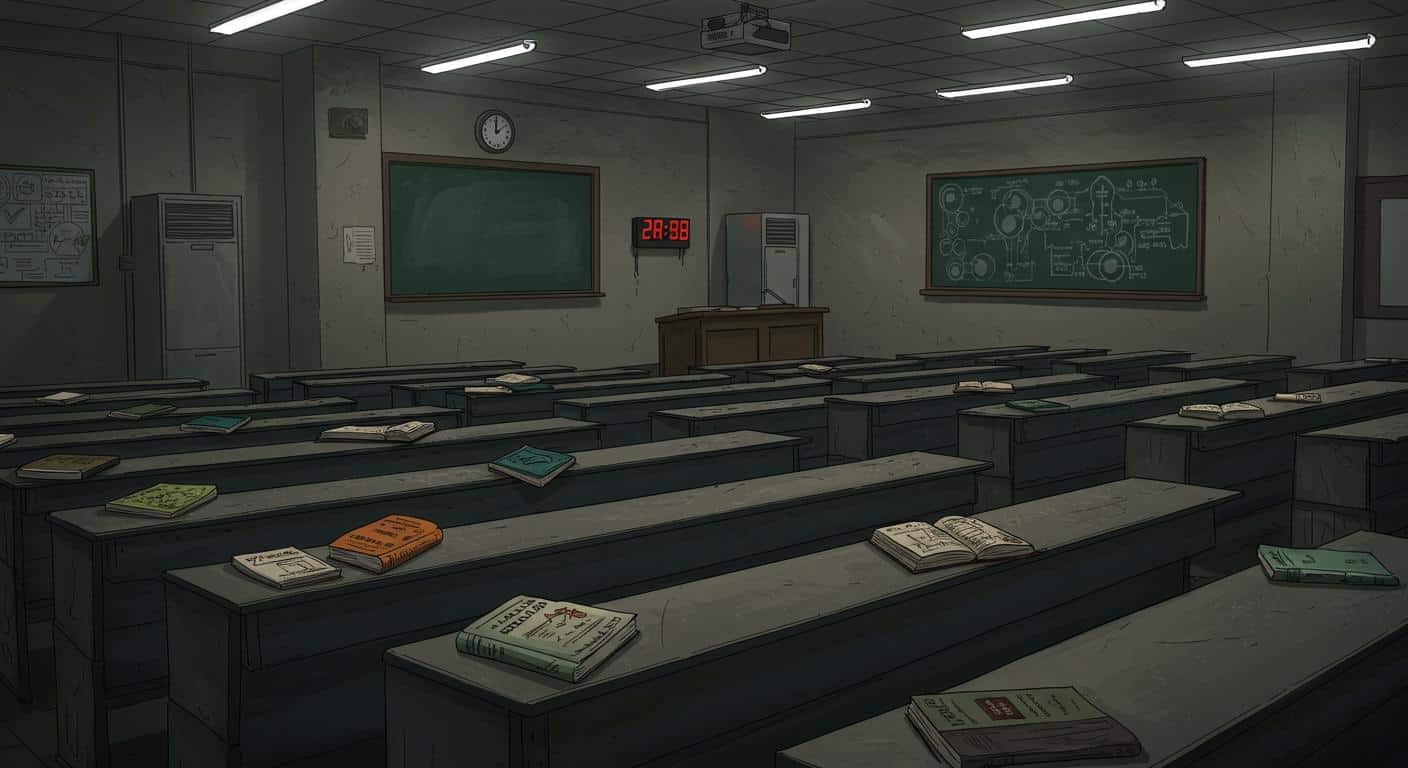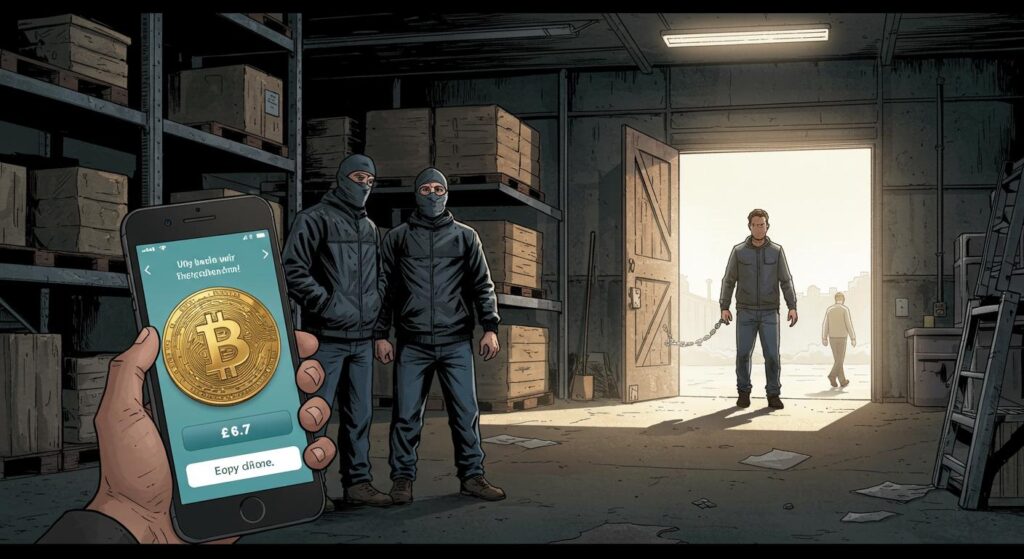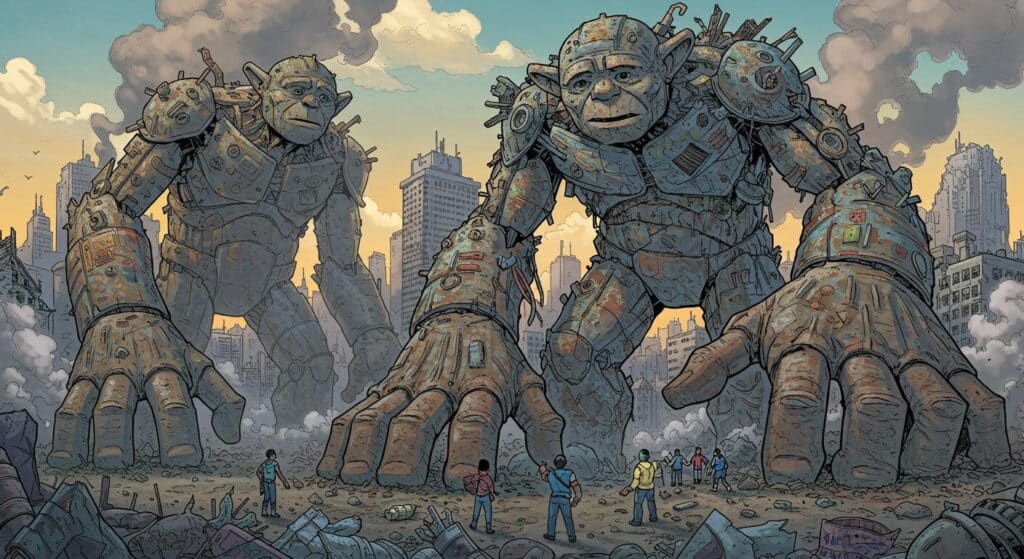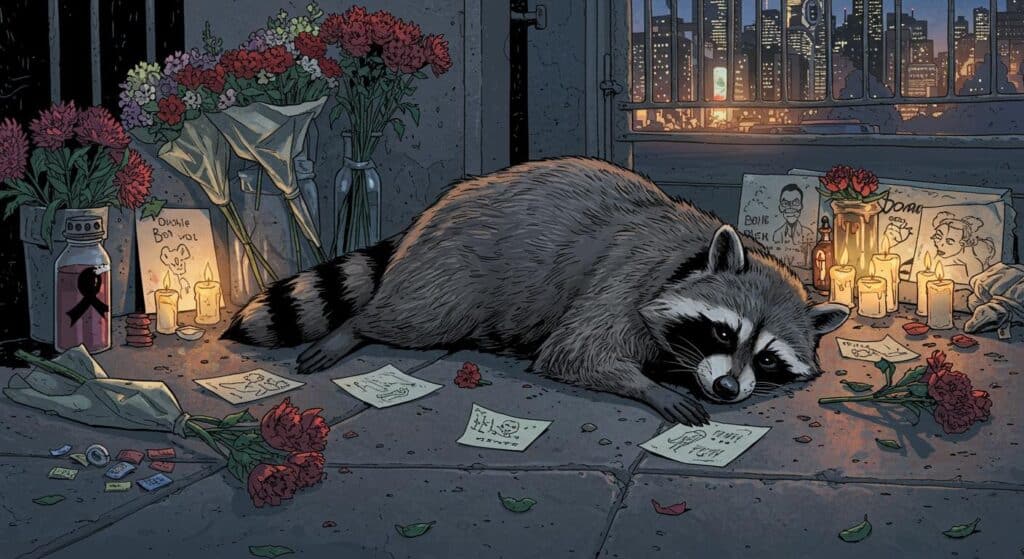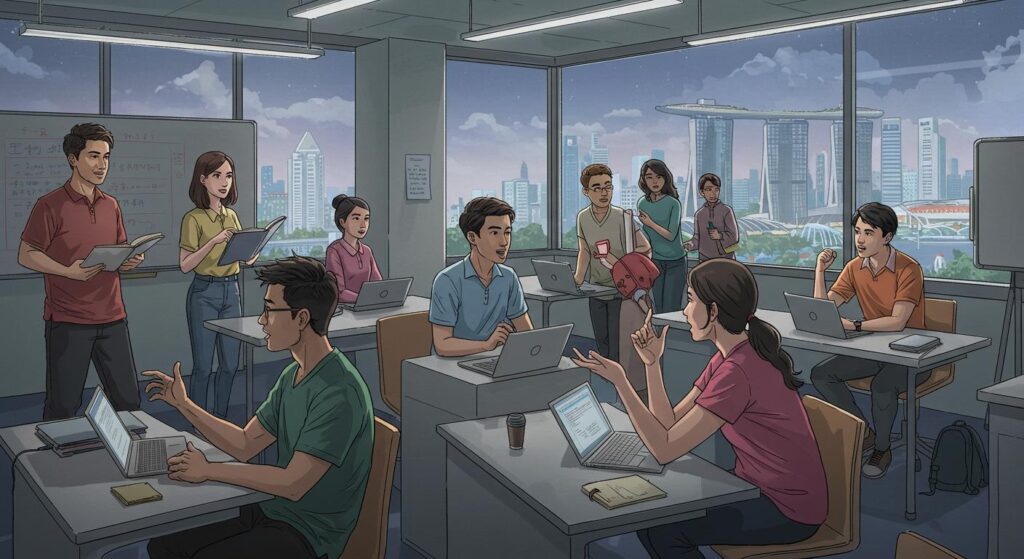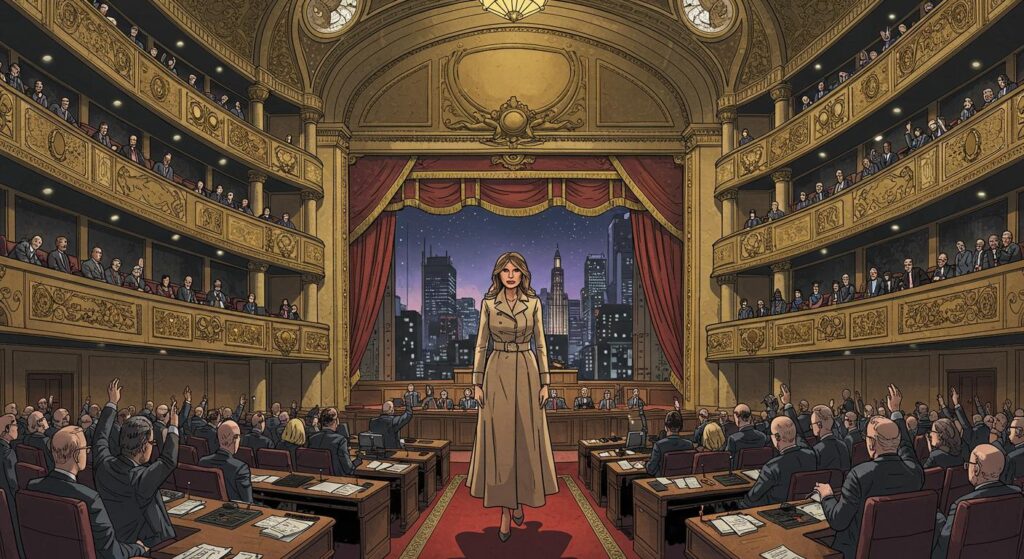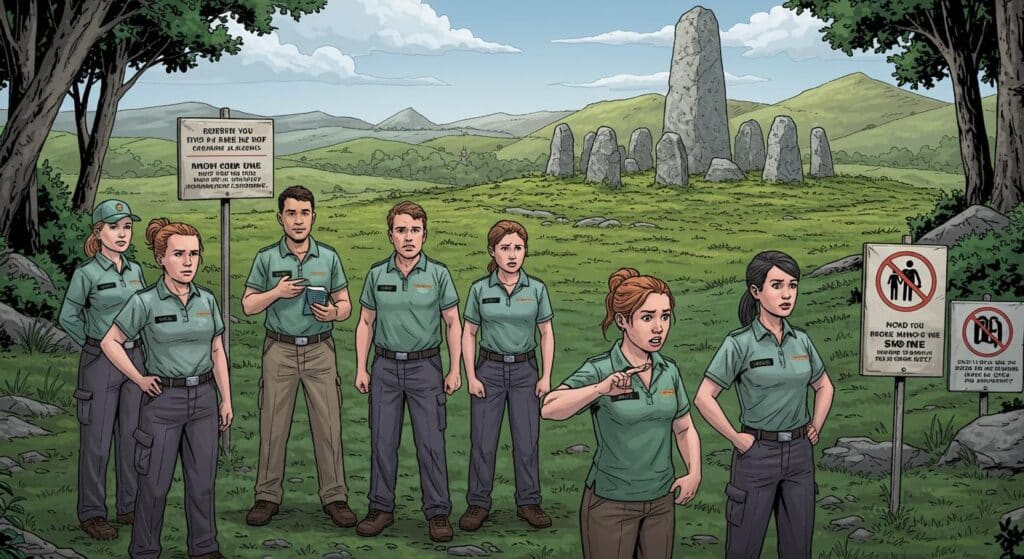In the grand compendium of “government ideas that sound clever on a whiteboard,” Madhya Pradesh’s MBBS in Hindi plan has rapidly joined the ranks of such contenders—albeit at a cost of 10 crore rupees and counting. According to Medical Dialogues, which draws extensively from Dainik Bhaskar’s original reporting and state officials’ commentary, not a single medical student in Madhya Pradesh has actually opted to write exams in Hindi after three full years of the scheme’s existence. It’s the educational equivalent of building a beautiful new library only to discover everyone brought their own books—just, you know, ten million dollars later.
Anatomy of an Unused Initiative
Let’s rewind: Back in 2022, Union Home Minister Amit Shah inaugurated the state’s effort to open the gates of medical education to students more comfortable in Hindi. As described in Medical Dialogues, textbooks in subjects like anatomy, biochemistry, and physiology were translated. The Ministry even launched the Anuwadani app to help with technical translation. Officials dreamed aloud of a future where a new generation of doctors would jovially debate the finer points of “yakrit” versus “liver,” and invested substantial energy—and 10 crore rupees—into the rollout.
Yet, information relayed by Dainik Bhaskar and presented in Medical Dialogues makes it clear that every single MBBS student in those three years wrote exams in English. Hindi-medium students, the ostensible beneficiaries, overwhelmingly shifted to English for their assessments. Even faculty with Hindi-medium backgrounds followed suit. One student from Sidhi, who completed earlier exams in Hindi, recounted that while nervous at first, he soon realized the exams—and progression to future studies—were all in English. Hindi textbooks ended up consigned to the role of reference guides for confusing passages, rather than vehicles for assessment or clinical practice.
There’s a touch of surrealism in the details: medical terms in translated Hindi textbooks often remain in their English forms, just written using Hindi letters. As a student noted in a Dainik Bhaskar interview, “‘liver’ is not written as ‘yakrit,’ but as ‘liver’ in Hindi script.” Unsurprisingly, many opted to stick to the original language rather than try to decode hybrid texts.
To encourage uptake, the government rolled out perks—half-price exam fees and even financial rewards—to lure students into writing exams in Hindi. However, as Medical Dialogues outlines, these incentives have seen essentially no takers. The effort seems eerily reminiscent of throwing a party only to have your guests cluster near the exit with their own snacks.
The Lingua Franca Dilemma
Why has such an energetically assembled plan drawn so little practical interest? Reports compiled by Dainik Bhaskar and covered in Medical Dialogues highlight a few recurring themes. For most medical students, English is the language of the field—a passport for further study, research, and mobility on the national and international stages. Even those entering from Hindi-medium schools quickly transition, recognizing that the difference between “Hindi MBBS” and “actually-functioning doctor” narrows at the sharp end of real-world careers.
Accounts from students further clarify the logic behind this collective shift. One MBBS candidate explained that despite initial fears about English, classroom slides, textbooks, and exams all defaulted to English, making adaptation a necessity rather than a choice. Teachers—many of whom studied in Hindi—also wound up conducting assessments in English. The Dean of Gandhi Medical College, as quoted in the coverage, described classes as being conducted in “Hinglish,” but confirmed that all written work has long been in English, both before and after introduction of the new Hindi curriculum.
This is not the stuff of dramatic rebellion, just an understated embrace of collective pragmatism—a pattern both familiar and, in a sense, inevitable.
When Policy Meets Practice (and Reality Prevails)
Perhaps this is less a story of failed adoption and more a case study in just how sticky professional languages can be. Members of the Official Language Committee of Parliament, who visited Gandhi Medical College in July, heard first-hand about these persistent barriers. Medical Dialogues, citing their visit and interviews, notes even among Hindi-medium students—those who might benefit most—preference for English persists.
And let’s keep the scale in mind: Of the approximately 2,000 MBBS seats in Madhya Pradesh, only around 200 are filled by Hindi-medium students. Even within this group, as Dainik Bhaskar’s sources reveal, writing exams in Hindi is nearly unheard of.
In the end, no amount of app launches or discounted test fees can compete with the gravitational pull of a global lingua franca—especially in medicine, where journals, research collaborations, and postgraduate opportunities overwhelmingly operate in English. It’s an irony that’s both dry and pointed: the Hindi MBBS program has become not so much a bridge for the underrepresented as an expensive coat rack, dutifully constructed but ultimately bypassed.
A Textbook Example of Good Intentions, Dusty Outcomes
So what are we left with? Translators worked overtime, incentives were announced, and a translation app sits waiting for eager downloads. But if no student has a practical use for these tools—if the books gather dust in university libraries—what does this tell us about language, aspiration, and the practicalities of professional education in our globalizing world?
There’s something quietly illuminating—and perhaps a little funny—about a multimillion-rupee initiative so completely and almost courteously sidestepped by its intended audience. As policymakers consider similar programs elsewhere, is it enough simply to offer the choice, or do deeply entrenched professional cultures and ambitions render such well-meaning options moot?
One thing’s for sure: Madhya Pradesh now has some very well-produced Hindi medical textbooks. Any takers?

